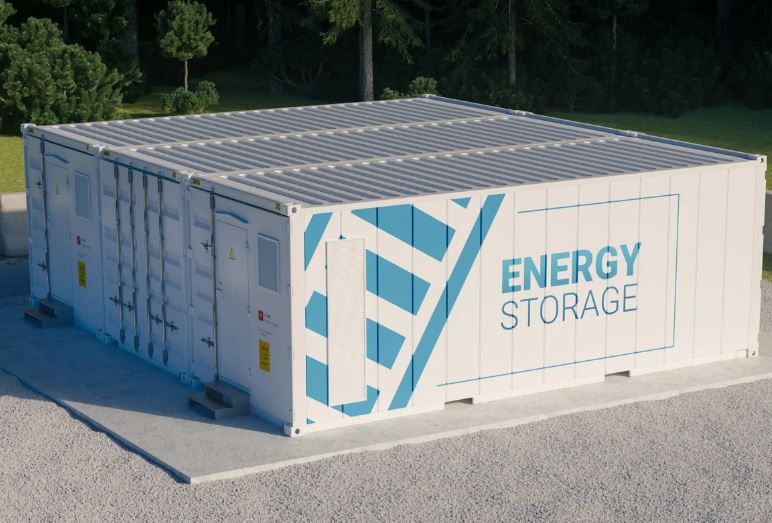When examining the burgeoning sector of ocean renewables, a noteworthy statistic emerges from the backdrop—global investment in marine renewable energy technologies surpassed $6 billion in 2023, reflecting a paradigm shift toward harnessing offshore resources.
This figure highlights the pressing need to stabilize power output from volatile sources like wind and waves, underscoring the urgent demand for advanced energy storage solutions. The introduction of Hybrid Energy Storage Systems (HESS), combining supercapacitors and lithium iron phosphate batteries, aims to address this challenge by balancing the need for rapid discharge and high energy density.
The volatility inherent in ocean renewables introduces a primary tension: while these sources promise vast potential for emission-free energy, their intermittency presents significant grid integration hurdles. Market data from 2022 indicates a 15% increase in grid instability incidents directly linked to renewable integration challenges. Such statistics reiterate the stakes—if left unaddressed, these volatility issues could potentially thwart global decarbonization objectives.
In response to this challenge, the sector has turned to technologies like the improved moving average filter and amplitude limiting filter algorithm (IMAF-ALF). This algorithm enhances grid stability by smoothing fluctuations in power generation, a crucial advancement given that unchecked variability can result in efficiency losses and elevated operational costs. Notably, these algorithms target the oscillatory nature of wave and wind energy outputs—data from recent studies suggest that optimizing these fluctuations could reduce grid integration costs by up to 20%.
Delving into the complex mechanisms of a Hybrid Energy Storage System (HESS), the interplay between batteries and supercapacitors becomes evident. Supercapacitors offer rapid discharge capabilities while batteries ensure energy density. The strategic integration of these components—guided by algorithms like the variational mode decomposition and the Hilbert transform—is central to improving energy dispatch reliability. This dual configuration exploits the complementary strengths of both technologies, enhancing the overall efficacy of the system.
Yet, the integration of HESS is not without its economic considerations. The full life cycle economic model for HESS, which includes optimizing rated power and capacity, is forecasted to reduce comprehensive annual costs significantly. According to a 2024 market study, the economic benefits of integrating HESS could lead to a 25% reduction in the cost of renewable power per kilowatt-hour by 2030. This cost-effectiveness positions HESS as a key player in the pathway towards sustainable energy systems.
The move towards hybrid storage systems marks a significant strategic shift within the realm of renewable energy. Industry standards continue to evolve, promoting configurations that not only prioritize technological advancement but also consider scalability and economic viability. Performance metrics from recent implementations indicate a marked improvement in grid stability, but continuous refinement and innovation remain imperative.
Highlighting these developments, the technical parameters of HESS—such as energy densities and discharge rates—are under constant optimization pressure, driven by competitive benchmarks and the relentless push for innovation. As grid integration of renewable resources remains a focal challenge, the deployment of HESS, backed by robust algorithms like the IMAF-ALF, stands as a cogent solution provider.
Stay updated on the latest in energy! Follow us on LinkedIn, Facebook, and X for real-time news and insights. Don’t miss out on exclusive interviews and webinars—subscribe to our YouTube channel today! Join our community and be part of the conversation shaping the future of energy.





